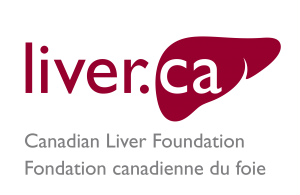The Canadian Liver Foundation Opens Its Doors
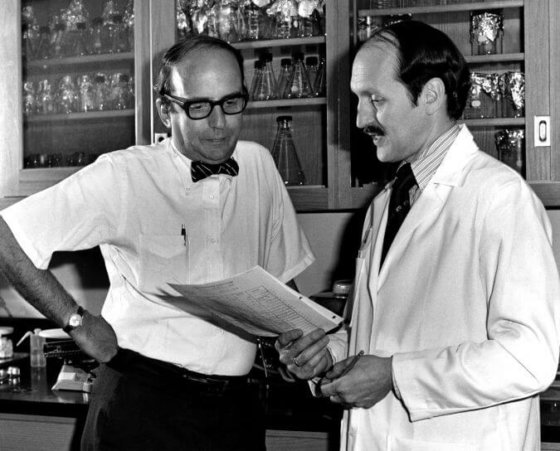
In the beginning; 50 years of bringing liver research to life for all Canadians
Over the last 50 years, there has been significant progress into the prevention, treatment and discovery of cures for liver diseases. From humble beginnings, such as attempting to understand how the liver functions, every discovery made over the past five decades has given us the opportunity to save more lives.
Dr. M. M. “Woody” Fisher became compelled by the idea that liver disease and liver health should be treated as more urgent subjects in Canada after training with Dame Sheila Sherlock (one of the earliest pioneers of hepatology) in the early 1960s. His thought was simple; an organization must be formed, capable of encouraging and fostering research into liver disease should exist in Canada.
Thus, in October of 1969, the Canadian Liver Foundation (CLF) was born. Like any ‘start-up’ of sorts, the CLF spent the first couple years learning how our diverse team of business leaders and medical professionals could both lift us off the ground strategically, and provide the medical expertise to make meaningful changes in our communities.
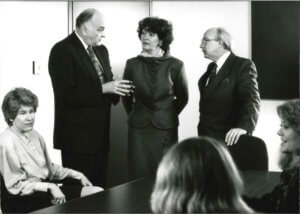
Our earliest mandate is one still practiced today; to promote liver health and to reduce the incidence and impact of liver disease. We continue to do this by providing support for research and education that can find how better prevent, diagnose and treat liver disease.
Our mission of bringing liver research to life for all Canadians has always been an integral part of our Foundation—and for a good reason.
We owe all that we know in the field of hepatology to research. We now have vaccines for hepatitis A and B, excellent treatments for hepatitis B, a simple once daily cure for hepatitis C and we now know the causes of some rare liver diseases like Wilson’s disease, hemochromatosis and tyrosinemia. Innovations in how early we can detect liver diseases and giant leaps in how we can perform liver transplants have saved thousands of lives.
Research has also led us to identify non-alcoholic fatty liver disease as the most common liver disease in Canada, a disease that was generally unheard of in 1969, and which has become common because of the epidemic of obesity and diabetes.

Thanks to research, we have been able to translate knowledge and develop high-quality and effective education and support programs for all Canadians. For 50 years the Canadian Liver Foundation has worked with all levels of government, community groups, health care providers, schools and media outlets to teach Canadian citizens how they can prevent and protect themselves from liver diseases.
Recognizing the need to do more the CLF initiated a National toll-free support line where the public can call to inquire about what may be putting them at risk of liver disease, how they can navigate the healthcare system and how they can better cope. We founded the world’s first support group for those living with liver disease to share their experiences with others and to learn from experts on topics like available treatments, nutrition, and exercise.
50 years have brought positive changes to the face of liver disease, but there is still so much more to be accomplished. Just as there was 50 years ago, a strong stigma continues to plague liver disease. The misconception that liver disease is ‘solely caused by alcohol and drug use’ continues to affect the lives of patients and families who feel ashamed to talk openly about their condition even though alcoholic liver disease is only 1 out of over 100 liver diseases.
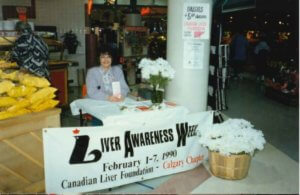
Liver disease numbers continue to rise in Canada. Therefore, there is an increasing pressure on researchers to find effective treatments or a definitive cure for the 1 in 4 Canadians that may be affected by liver disease. Our demand for research funding grows with every application we are unable to grant due to a lack of sufficient funding.
Yet our growing numbers of volunteers and supporters have undoubtedly become one of our most meaningful additions throughout our existence. Volunteers have rightfully established themselves as the backbone of our little organization that grew relentlessly; founding volunteer chapters in cities across Canada, collaborating with staff in developing and delivering support programs, helping to fundraise for research through extraordinary events, and so much more. CLF volunteers can hold their heads high; they are as big a reason as any as to why we have made new discoveries, changed public opinions, and ultimately, saved lives.
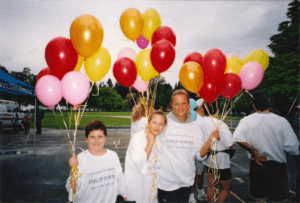
Throughout this celebration of 50 years, we want to thank our past and current volunteer family and implore anyone who believes that people living with liver disease deserve a fighting chance to join us on the forefront of change for the next 50 years to come.
We’re confident that our next 50 years will be as exciting as the last and we’re even more excited to think that you might join the CLF’s growing volunteer team and be a part of our shared history.
Sincerely.

Chairperson
Morris Sherman, MD, FRCPC.
